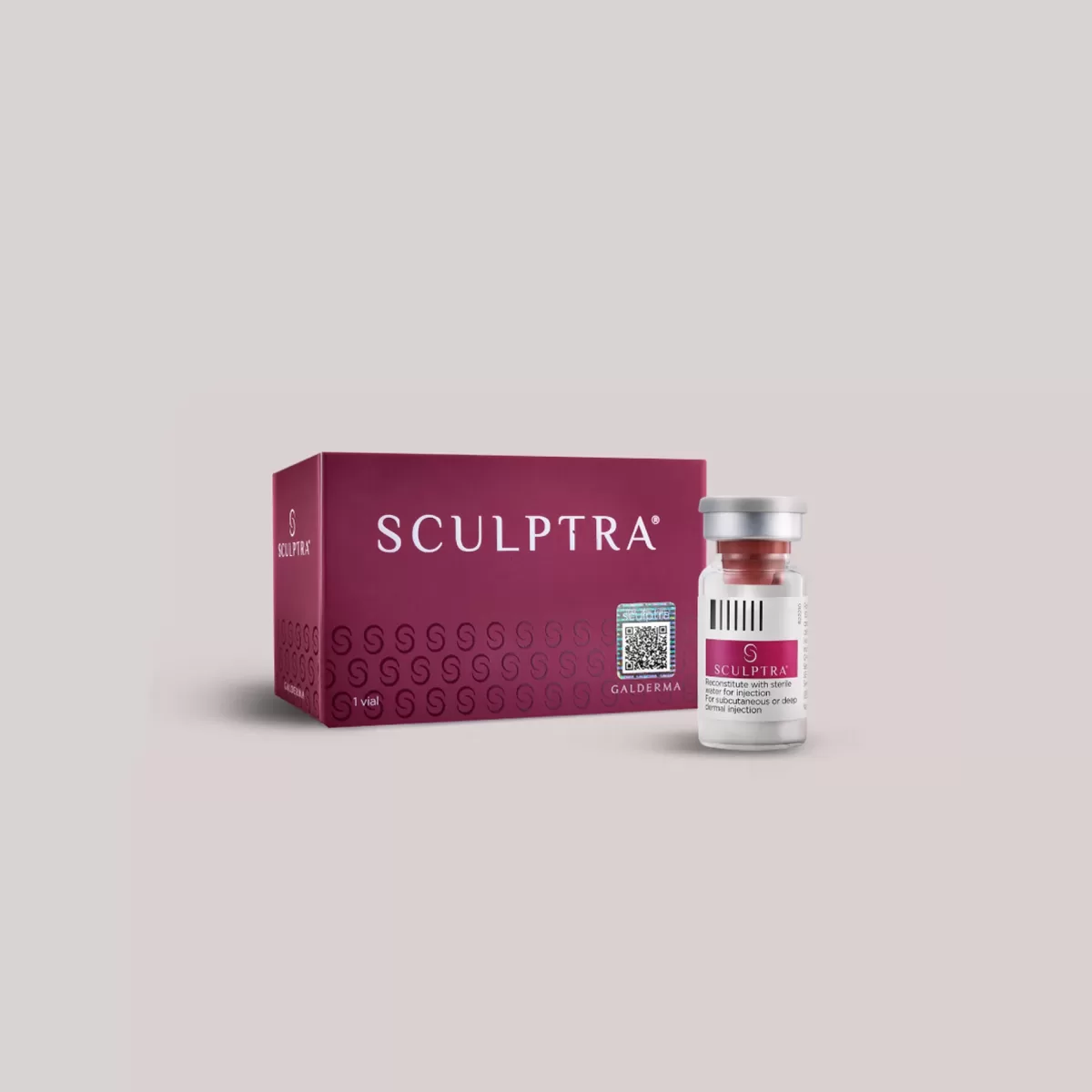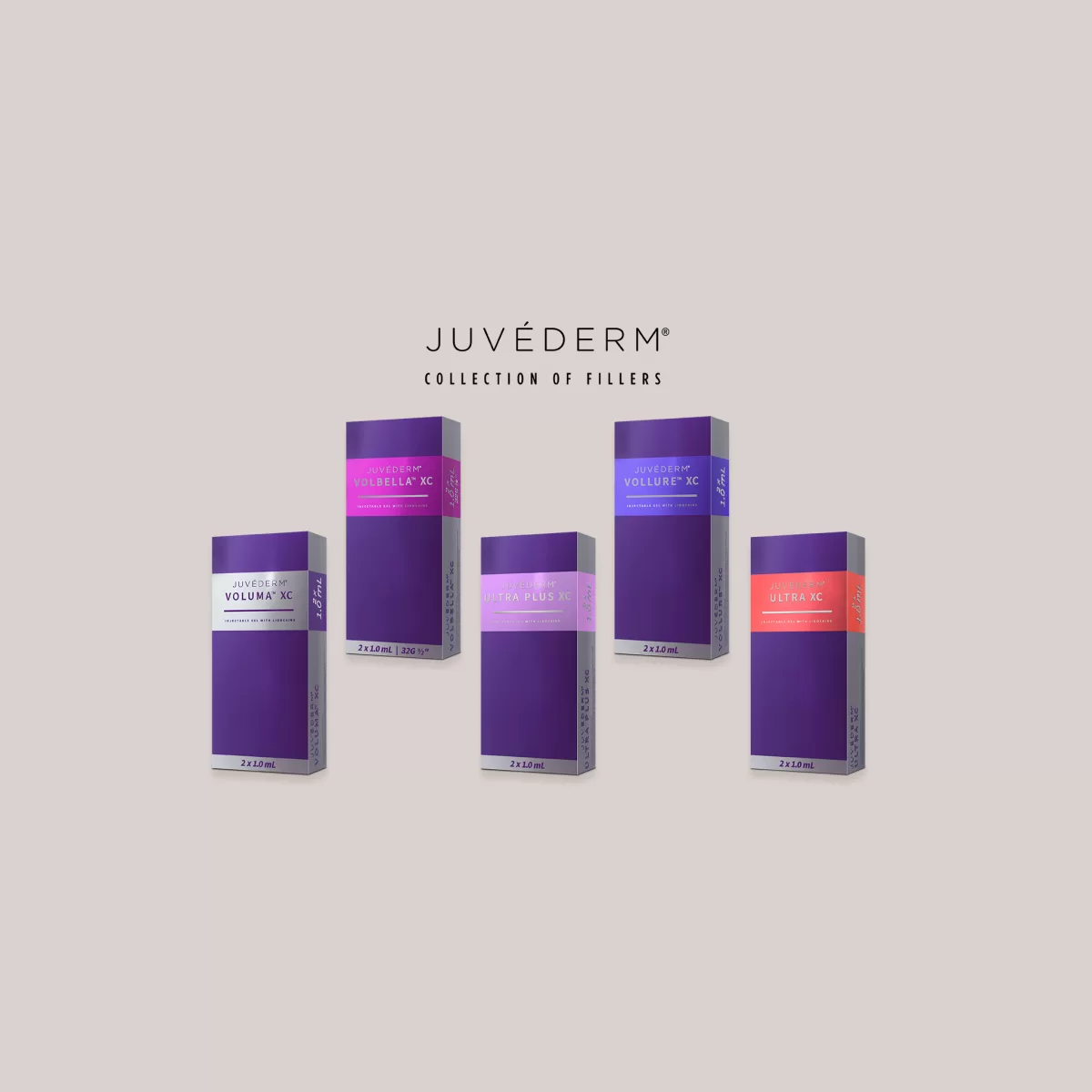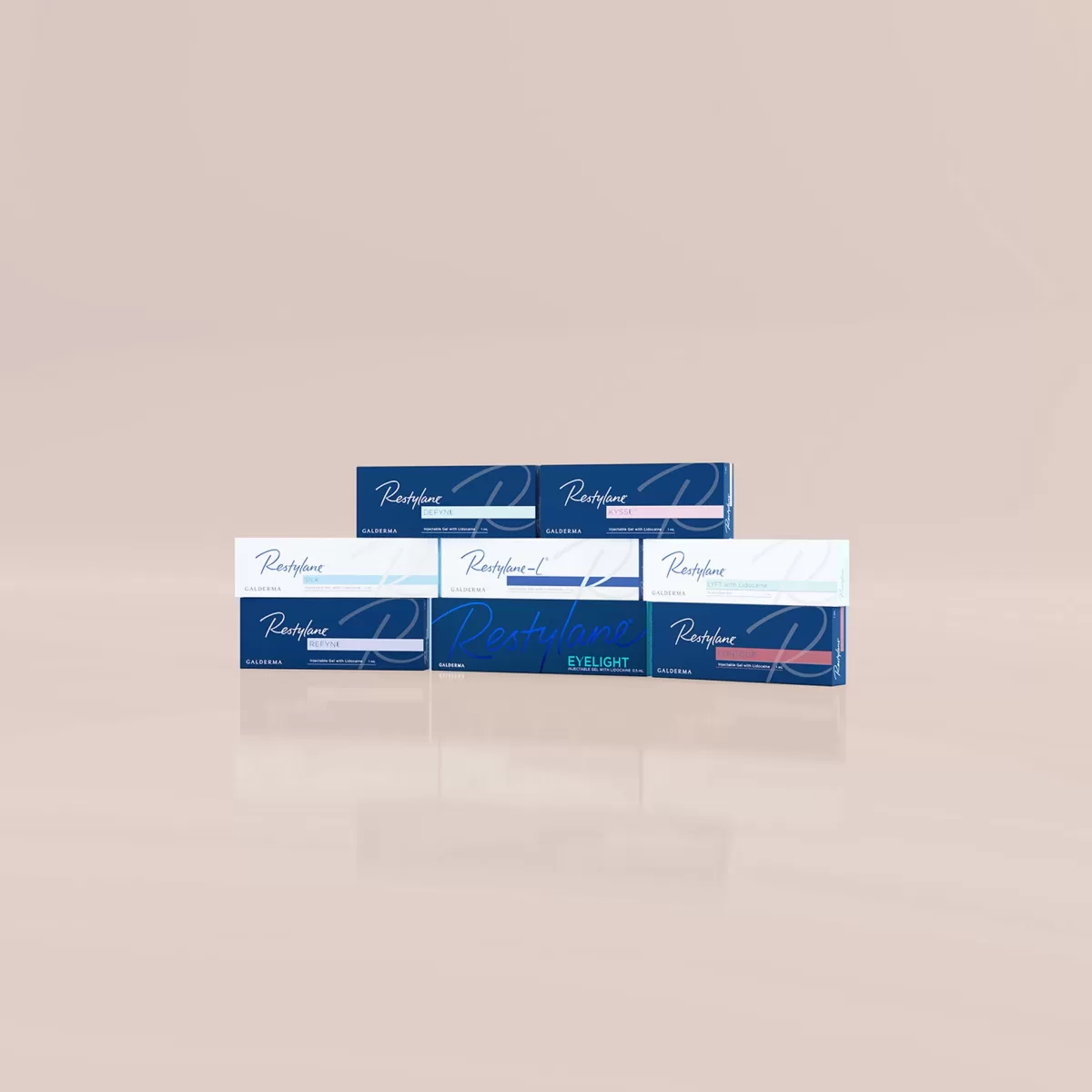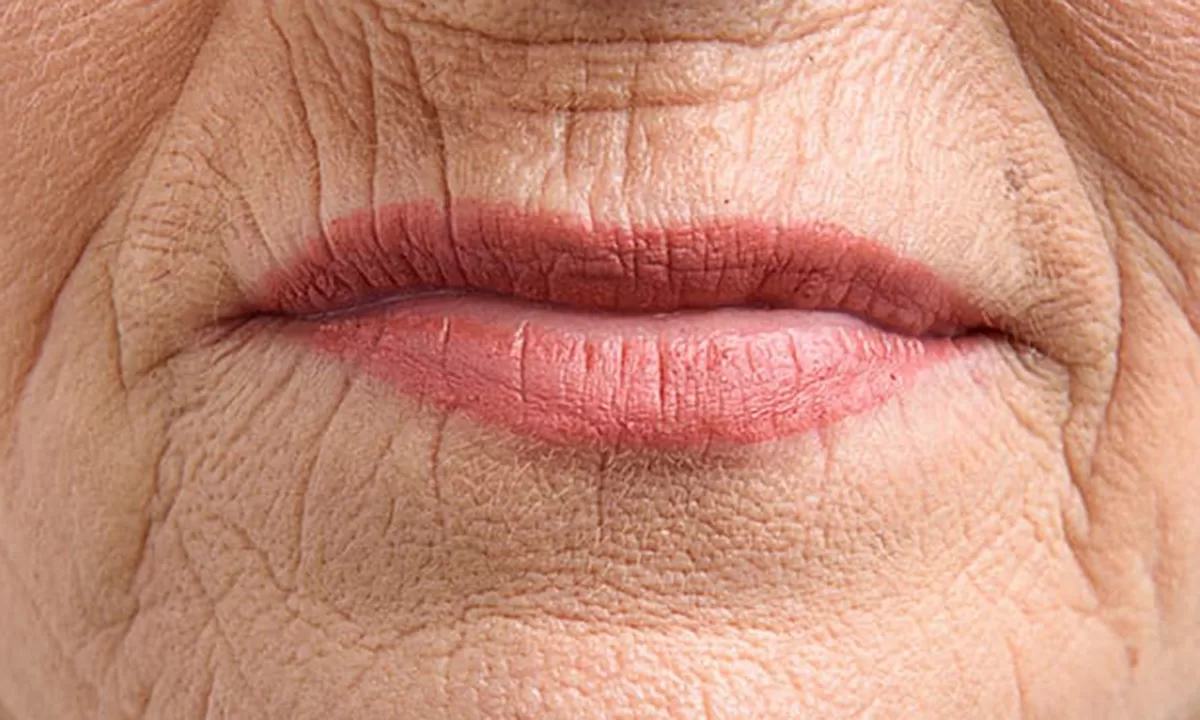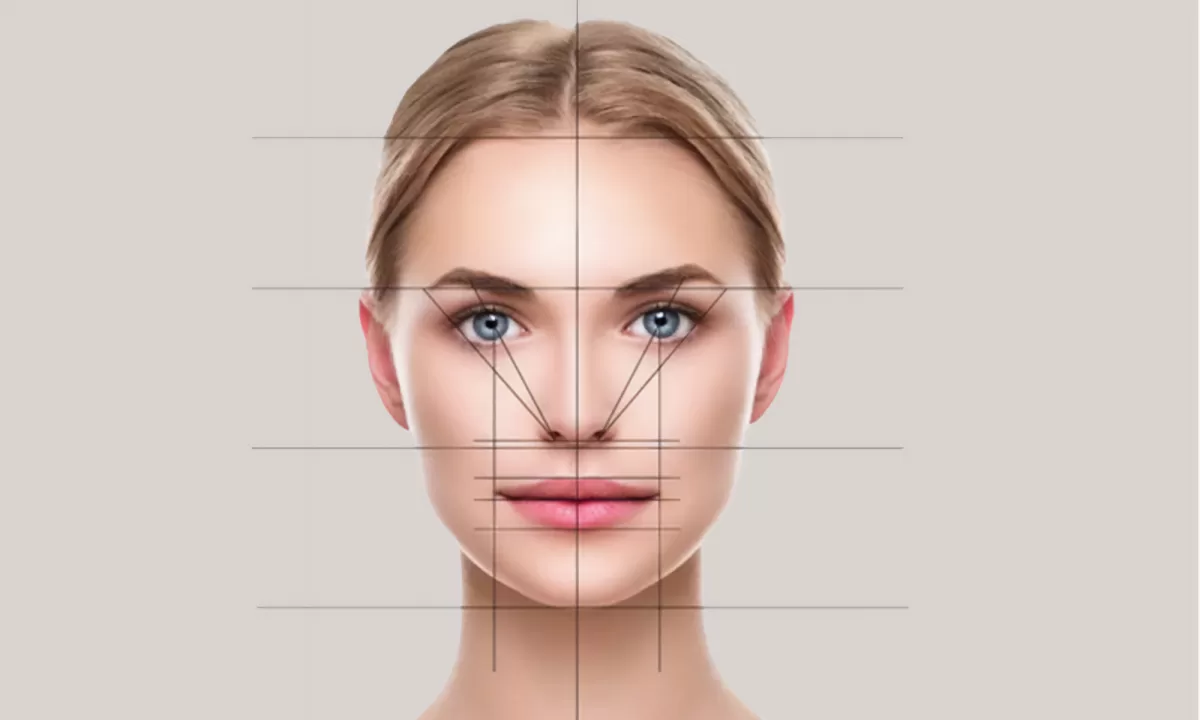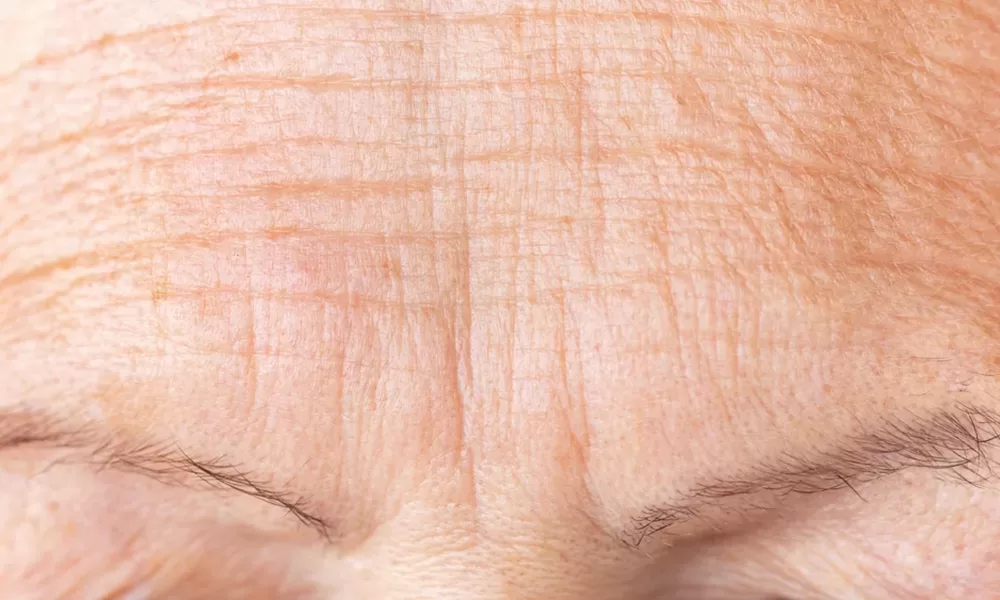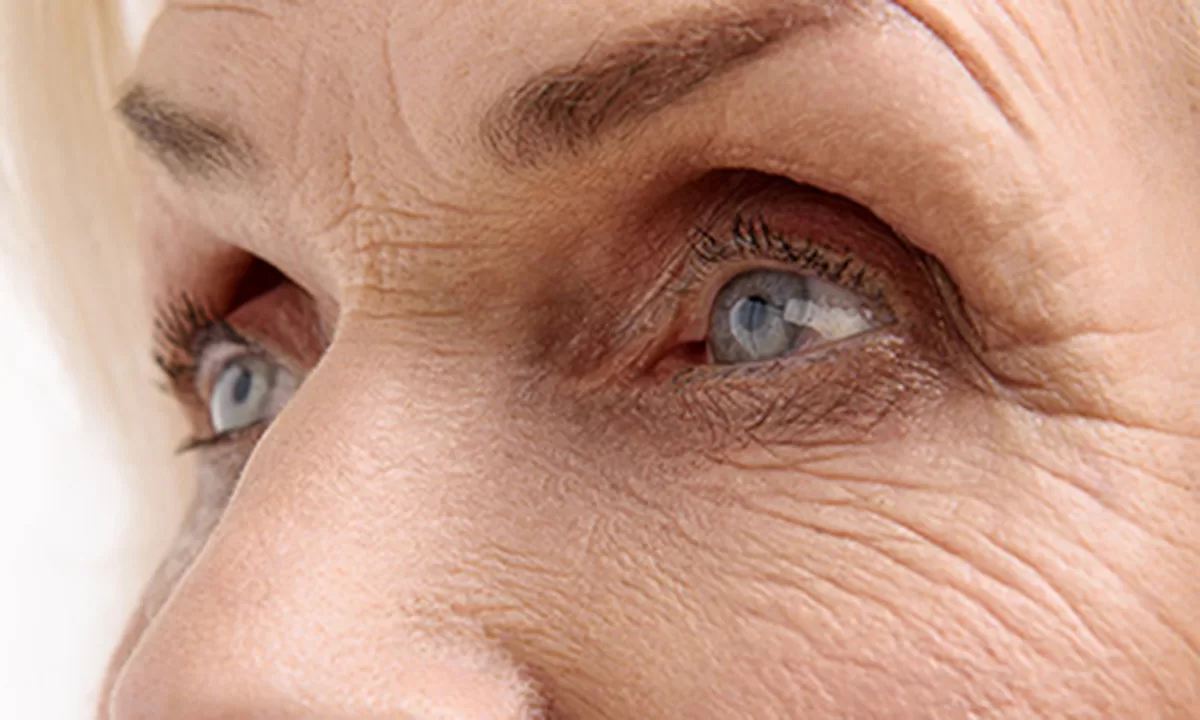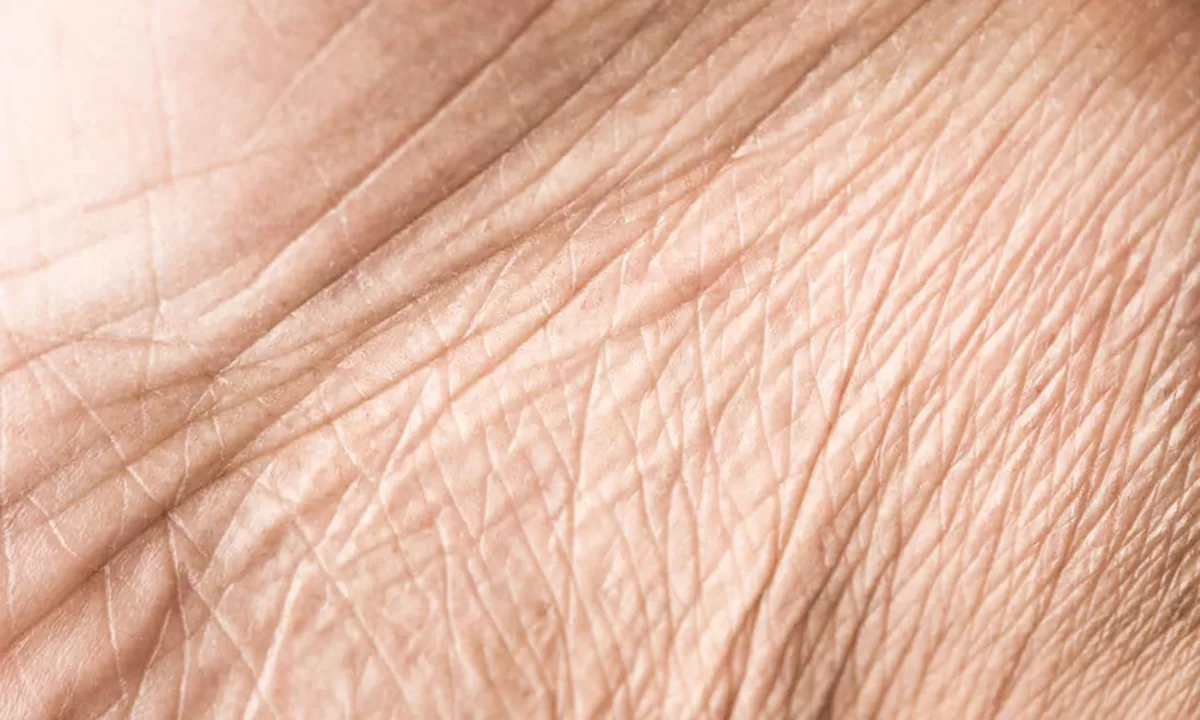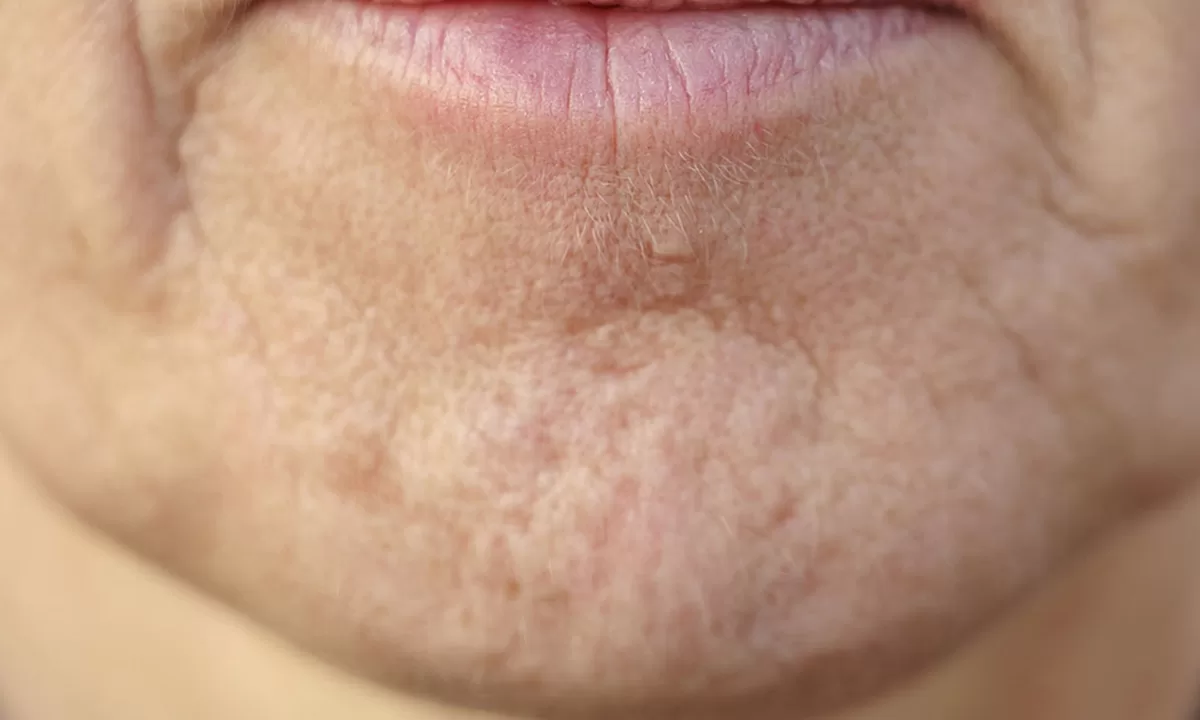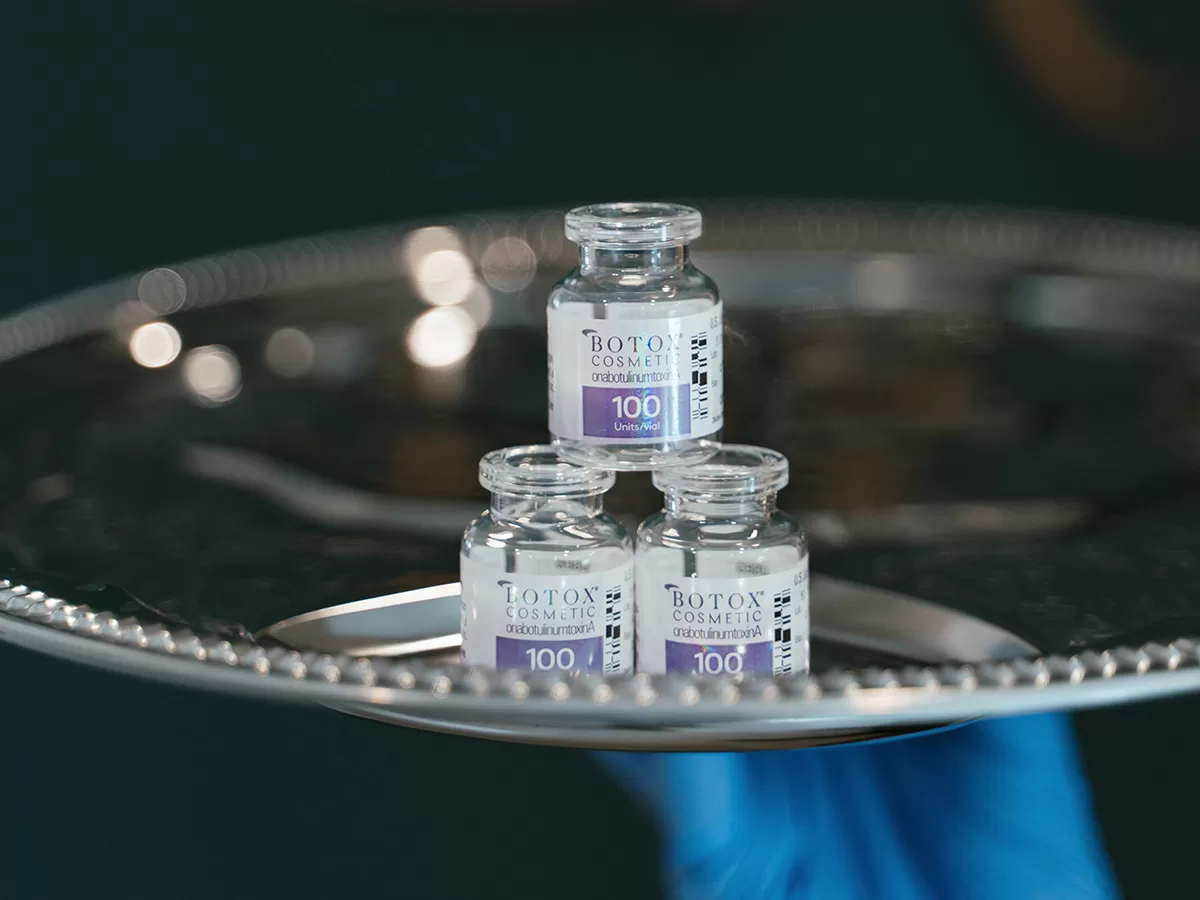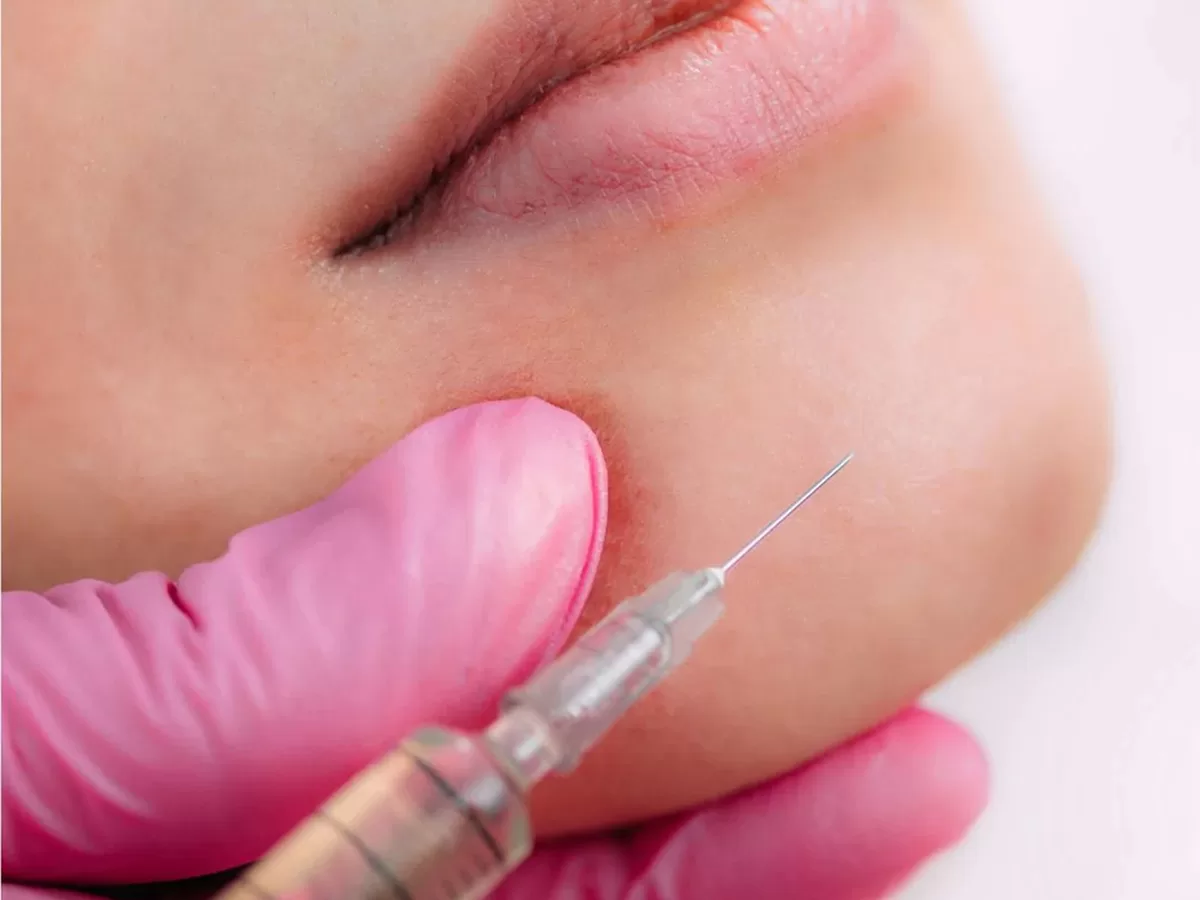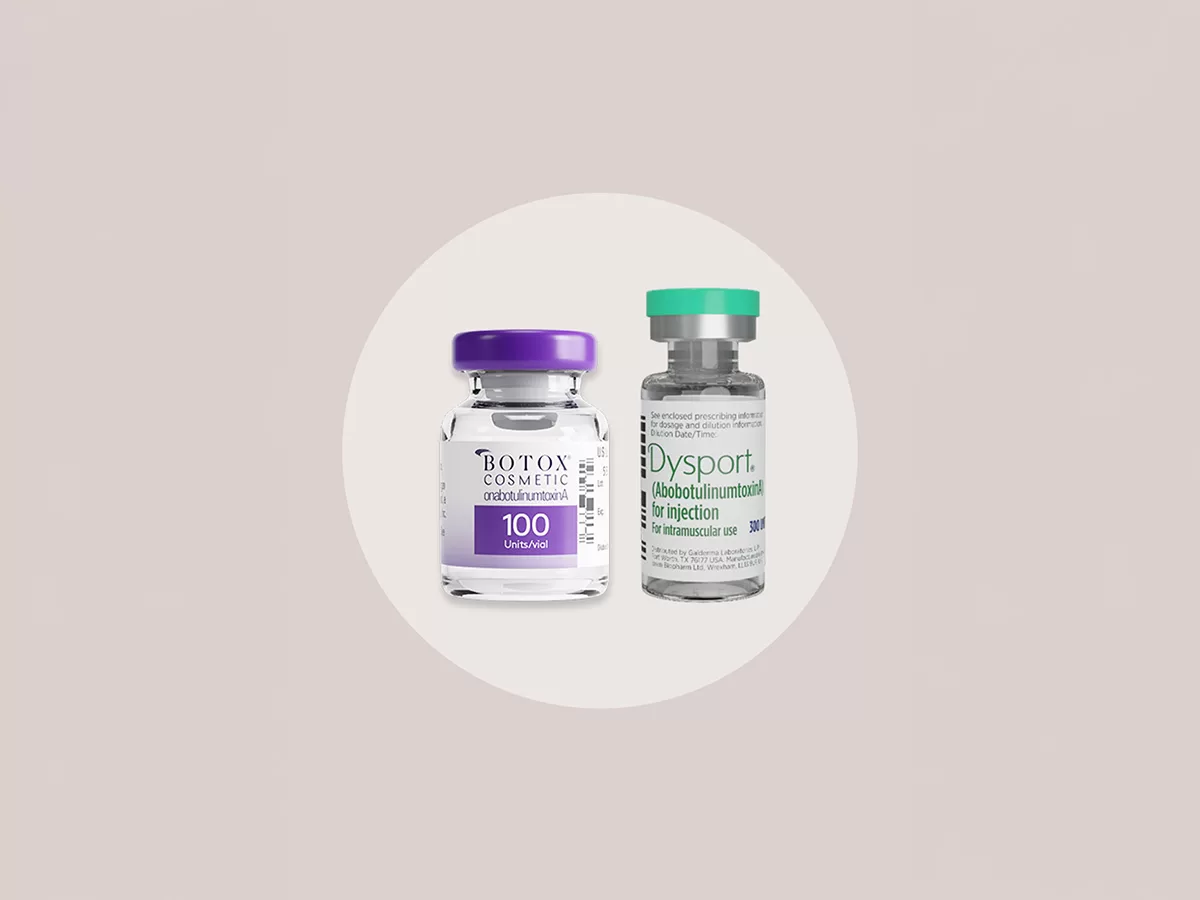Hollow temples, often overlooked in discussions about facial aesthetics, can significantly impact the overall balance and symmetry of the face.
As we age, loss of fat and collagen in this area can lead to a sunken or hollow appearance, contributing to a tired or aged look. Hollow temples can also be a concern for individuals with naturally prominent cheekbones, as the lack of volume in the temples can accentuate this feature further.
Fortunately, there are various treatments available to address hollow temples and restore youthful fullness to this area, helping to rejuvenate the face and achieve a harmonious facial profile.
In this guide, we’ll explore the causes of hollow temples, treatment options available at Direct Aesthetics, and how these treatments can help you regain confidence in your appearance.
What are sunken temples?
Sunken temples refer to a condition where the area around the temples appears hollow or concave due to a loss of volume or fat in that region. This can result in a sunken or gaunt appearance in the temples, creating an imbalance in facial proportions. Sunken temples can occur naturally with age as the skin loses elasticity and fat pads diminish, but they can also be influenced by factors such as genetics, weight loss, or certain medical conditions. The hollowing of the temples can affect the overall facial aesthetics, contributing to an aged or tired look.
To locate your temples, simply place your fingers just above the outer corners of your eyes, in line with the tops of your ears, and slightly below where your hairline begins. These small, flat regions, medically known as the temporal region, are relatively bony and lack the fat volume found in areas like the cheeks.
However, with aging, even the minimal fat in the temples diminishes, leading to a hollowed appearance. This loss of volume alters the face’s contour, transitioning it from a rounded or oval shape, which is associated with youthfulness, to a more angular and aged look.
As the overlying tissue and bone density change over time, the temples may become increasingly hollow, contributing to an overall loss of facial fullness and a more skeletal appearance. Addressing hollow temples can be a key aspect of rejuvenating the face and restoring a youthful aesthetic.
What causes hollow temples?
As time passes, the temples, located at the sides of the face near the eyes, undergo changes that result in hollowing. This area, where the outer edges of the eyebrows meet the upper forehead, experiences a loss of volume due to various factors associated with aging. Soft tissues, fat deposits, and bone density gradually diminish, while alterations occur in the composition and structure of muscles and connective tissues (fascia). Consequently, the temples lose structural support and appear less full, leading to the formation of lines, wrinkles, and a sagging outer brow.
Hollowing age
This process typically begins in one’s mid-20s and becomes more pronounced by the 40s. Individuals who engage in regular vigorous exercise, such as running, and maintain a low-fat diet may experience accelerated temple hollowing as they age.
The ideal facial shape often includes a heart-shaped or oval appearance, conveying a youthful and feminine aesthetic. However, hollow temples can disrupt this harmony, resulting in a broader forehead, narrow temples, and diminished cheek volume, contributing to a square jawline due to skin sagging. Fortunately, dermal fillers offer a solution by restoring volume and rejuvenating the temples, returning a fuller, more youthful appearance to the face.
In addition to age related changes, hollow temples can be caused by various factors, including:
- Genetics: Some individuals may have a genetic predisposition to thinner skin or less fat in the temple area, which can result in a hollow or sunken appearance.
- Weight loss: Significant weight loss, whether through diet, exercise, or surgery, can lead to volume loss in the temples and other facial areas, creating a sunken appearance.
- Medical conditions: Certain medical conditions or treatments, such as autoimmune disorders, hormonal imbalances, or prolonged steroid use, may contribute to facial volume loss, including in the temples.
- Lifestyle factors: Factors like smoking, excessive sun exposure, poor nutrition, and dehydration can accelerate the aging process and contribute to volume loss in the temples over time.
Overall, hollow temples can result from a combination of these factors, leading to changes in facial contour and appearance.
How to prevent hollow temples?
Preventing hollow temples involves a combination of lifestyle practices and cosmetic treatments aimed at maintaining facial volume and skin health. Here are some strategies to help prevent hollow temples:
- Maintain a Healthy Diet: Eating a balanced diet rich in nutrients, vitamins, and antioxidants can promote overall skin health and collagen production, helping to preserve facial volume.
- Stay Hydrated: Proper hydration is essential for maintaining skin elasticity and plumpness. Drink an adequate amount of water daily to keep your skin hydrated from the inside out.
- Protect Your Skin from the Sun: UV rays from the sun can accelerate collagen breakdown and contribute to skin aging. Use sunscreen with SPF 30 or higher daily, wear protective clothing, and avoid prolonged sun exposure, especially during peak hours.
- Avoid Smoking and Excessive Alcohol Consumption: Smoking and excessive alcohol intake can damage collagen and elastin fibers in the skin, leading to premature aging and volume loss.
- Facial Exercises: Regular facial exercises can help strengthen facial muscles and maintain muscle tone, which may contribute to preventing sagging and hollowing in the temples over time.
- Skincare Routine: Establishing a consistent skincare routine that includes moisturizing and using products containing retinoids, peptides, and hyaluronic acid can improve skin texture, promote collagen production, and maintain facial volume.
- Cosmetic Treatments: Consider non-invasive cosmetic treatments such as dermal fillers or collagen-stimulating injections to replenish lost volume in the temples and prevent further hollowing. Consult with a qualified cosmetic practitioner to determine the most suitable treatment options for your needs.
By adopting these preventive measures and incorporating them into your daily routine, you can help preserve the volume in your temples and maintain a youthful appearance over time.
How to treat hollow temples?
Dermal Fillers
Hollow temples, resulting from volume loss, can be effectively treated with dermal fillers. These versatile products, commonly utilized for enhancing lips, refining jawlines, volumizing cheeks, and addressing nasal imperfections non-invasively, can also restore fullness to the temple area. However, it’s crucial to recognize that temple augmentation requires a nuanced understanding of facial anatomy. Practitioners administering temple fillers should possess advanced training and expertise, characteristics exemplified by the qualified clinicians at Direct Aesthetics.
Typically, temple filler treatment is integrated into a comprehensive facial rejuvenation plan rather than being undertaken in isolation. This approach acknowledges the interconnectedness of facial structures, as restoring volume to hollow temples can positively impact surrounding areas. Notably, temple augmentation may elevate the brow region, mitigate changes in the lower face, and soften nasolabial lines extending from the nose to the mouth.
Dermal fillers contain hyaluronic acid, a substance naturally present in human skin that plays a vital role in moisture retention. While our bodies produce hyaluronic acid to keep the skin hydrated and plump, its production diminishes with age, leading to dehydration and loss of volume. Fortunately, synthetic hyaluronic acid derived from non-animal sources is now available for cosmetic use. Unlike our body’s natural hyaluronic acid, injectable hyaluronic acid has a longer duration within the tissue, offering sustained hydration and volumizing effects.
Sculptra
Treating hollow temples with Sculptra offers a non-surgical solution to restore volume and rejuvenate the appearance of the temples.
Sculptra is a biocompatible injectable filler composed of poly-L-lactic acid, a substance that stimulates the body’s natural collagen production. When injected into the temples, Sculptra replenishes lost volume and improves skin texture by stimulating collagen synthesis over time.
This gradual approach results in a natural-looking enhancement that rejuvenates the temples and restores facial harmony. At Direct Aesthetics, our skilled practitioners specialize in administering Sculptra treatments tailored to each individual’s needs, helping our clients achieve a refreshed and youthful appearance.
